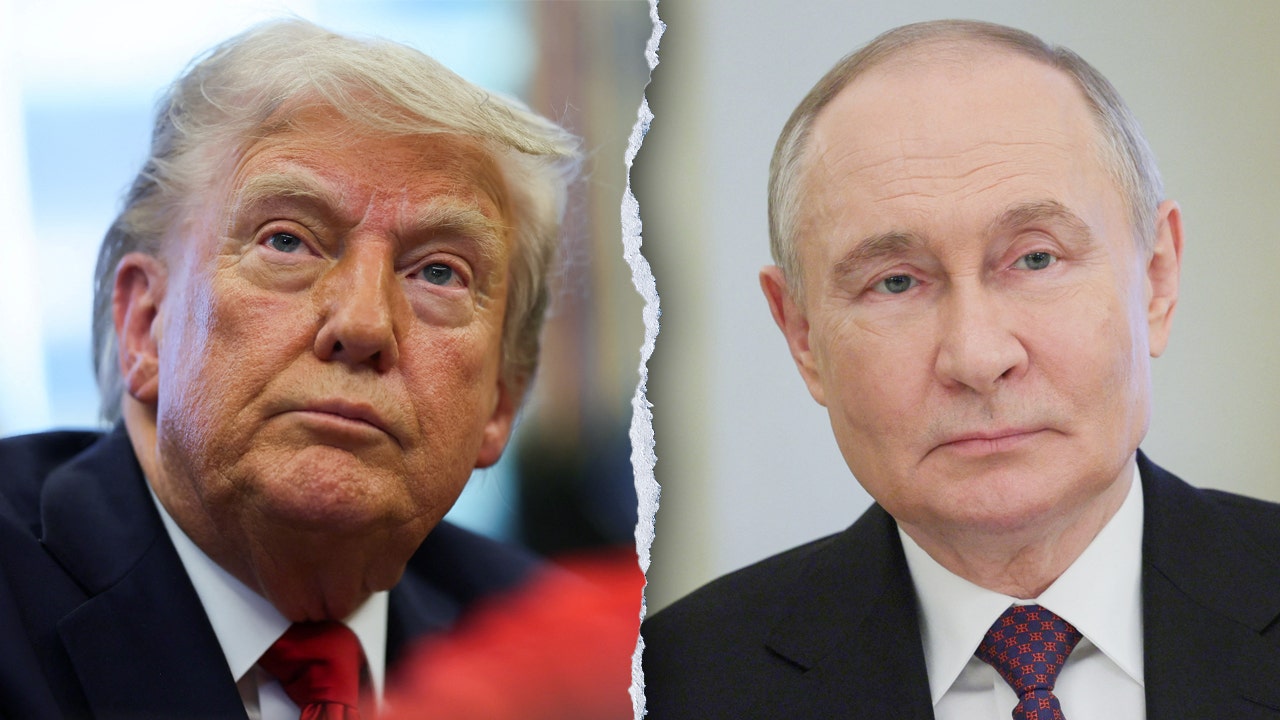Under pressure from allies to ease the humanitarian crisis in Gaza as it welcomes Israeli hostages home under the terms of a fragile cease-fire, Israel faces an increasingly difficult set of decisions about the future of its war against Hamas.
Israeli leaders have vowed to eliminate Hamas, the group that has controlled Gaza since 2007 and that led devastating attacks on Israel on Oct. 7. They have also promised to recover all of the roughly 240 people who were kidnapped by Hamas and other Palestinian armed groups that day.
Prime Minister Benjamin Netanyahu has cited the recovery of hostages in justifying his support for the pause in Israel’s ground invasion — and has also said that Israel’s military is ready to resume fighting once the cease-fire arrangement ends.
But the deal also gives Hamas time to regroup and retrench, making Israel’s objective of rooting it out more difficult. And Israel’s release of Palestinians from imprisonment or detention under the arrangement has been accompanied by growing support for Hamas in the Israeli-occupied West Bank.
The extended cease-fire has also allowed aid to reach more of Gaza’s 2.2 million residents, most of whom have been displaced by the fighting and face dire shortages of food, medicine and fuel.
Where does the cease-fire agreement stand?
Israel and Hamas have extended their brief truce from four to six days, according to Qatar, which has been mediating their talks. The agreement has so far held, despite accusations by each side that the other had violated it.
Since Friday, Hamas has released at least 50 Israeli hostages and Israel has freed 150 imprisoned Palestinians. Nineteen other hostages in Gaza — 17 Thais, one Filipino and one Russian-Israeli dual citizen — have been released since Friday through separate negotiations.
Another exchange was moving ahead on Tuesday.
Where does Israel’s military campaign stand?
Before the cease-fire agreement took hold on Friday, Israel’s military had bombarded the Gaza Strip for weeks, saying it had struck over 15,000 targets. The bombardment included the use of very large weapons in dense urban areas, and Palestinian health authorities in the Hamas government have said that more than 13,000 people have been killed, including thousands of children. The bombardment, the large number of deaths and the displacement of the majority of Gaza’s 2.2 million people have fueled international outcry over the scope of Israel’s campaign.
Israel has said it is targeting Hamas all over Gaza, including in places where its members are embedded among civilians, like hospitals and shelters, and in an extensive tunnel network underground.
Early in the war, the Israeli military ordered the evacuation of northern Gaza, ahead of a ground invasion. More than a million people fled south, and the invasion began in late October.
Israeli troops have captured a swath of northern Gaza roughly in the shape of a C: the northern edge of the strip, a sliver along the Mediterranean coast, and the central strip below Gaza City. The forces largely encircled Gaza City and split the strip in two halves, seeking to disrupt Hamas’s grip over the enclave and begin ousting it from its biggest city. But there appear to be parts of northern Gaza that the Israeli military does not control.
Israeli forces have also closed in on Gaza’s hospitals, seizing Al-Shifa, Gaza’s largest and most modern. Israel said Hamas used tunnels beneath the hospital as a command center, accusations the group and hospital staff denied.
The Israeli military has since sought to show evidence of its assertions, releasing videos that show parts of a tunnel shaft on the grounds of the Shifa complex, and rooms within the tunnel. But Israeli troops have moved slowly, wary of explosives and traps.
The military has said it has destroyed some Hamas tunnels, but has not said that its troops have been fighting inside them.
Ron Dermer, a member of Israel’s war cabinet, told Sky News on Nov. 7 that the Israeli military had killed “several thousand” Hamas fighters since the war began. He said that the total at that point was greater than 3,000 and “probably close to 4,000 already.” Israeli officials estimate that Hamas had numbered about 25,000 members before the war began.
More than 70 Israeli soldiers have been killed since the ground invasion began, according to the Israeli military.
What about Hamas’s leadership?
Hamas has acknowledged the deaths of several commanders in the war, including at least one senior figure. A number of other Hamas officials and commanders are believed to have been killed. Yahya Sinwar, the hard-line leader of Hamas in Gaza, remains a top target of Israeli forces.
Israeli leaders have said they do not want to reoccupy Gaza after the war, and it remains unclear how or whether they can eliminate Hamas completely from the strip. And in the West Bank, which the Israeli military occupies, support for Hamas has grown amid the recent releases of Palestinians and mounting frustration with the Palestinian Authority, which oversees the West Bank.
The political leadership of Hamas is not within Israel’s reach. Qatar hosts Hamas’s political leaders in its capital, Doha, where Qatari officials have been mediating the talks between Israel and Hamas alongside Egypt and the United States.




